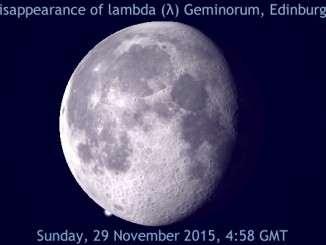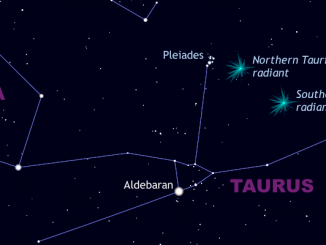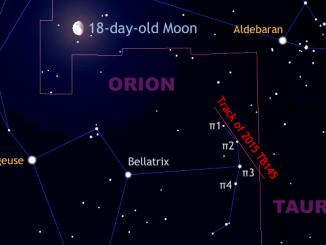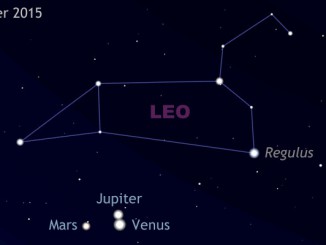
Get ready for the Geminid meteor shower!
The Geminids of 8—17 December are widely regarded as the most active and consistent annual meteor shower, with peak predicted rates of 100 shooting stars per hour under dark skies. With new Moon occurring on Friday, 11 December, prospects for this year’s Geminid display are therefore expected to be very favourable — UK weather permitting!









